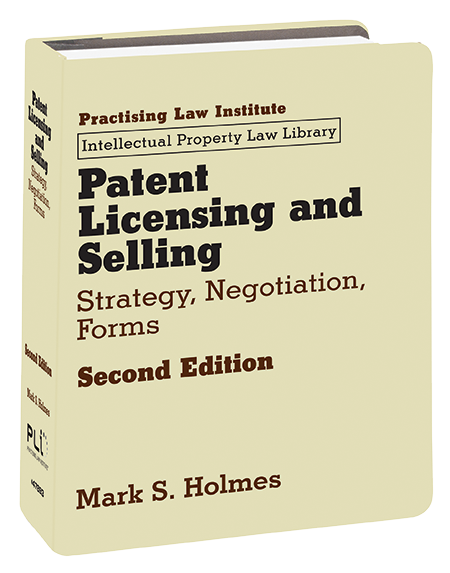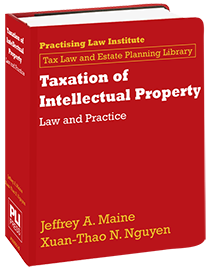Taxation of Intellectual Property covers the tax consequences of creating, buying, exploiting, and selling various intellectual property assets (including patents, trade secrets, copyrights, trademarks, and computer software), as well as the tax considerations affecting intellectual property litigation. It identifies the IP taxation fundamentals relevant to individuals, corporations, partnerships, and non-profits and includes in-depth coverage of the various deductions applicable to patent royalties, salaries of researchers, and infringement-related legal fees.
Some of the recent developments discussed in this new release include:
- Alternative Minimum Tax (AMT) for Corporations: Coverage of the repeal of the AMT for corporations by the Tax Cuts and Jobs Act of 2017 (TCJA) and the subsequent updates to this by the Inflation Reduction Act of 2022 (see section 3:2.3).
- Research or Experimental Expenditure Deductions: Discussion of the new 5-year capitalization and amortization rule imposed on research or experimental expenditures by the TCJA (see section 4:3).
- Research Credit for Small Business and Start-Ups: Provides the increased amount of the credit that small businesses and start-ups can apply against their payroll tax liability pursuant to the Inflation Reduction Act of 2022 (see section 4:6).
- Tax Treatment of NFTs: Answers the question of whether an NFT used in trade or business would qualify as a Section 1231 asset eligible for capital gains treatment (see section 6:3.5[A][1]).
- Litigation Expenses: Extensive coverage of the Actavis Lab v. United States case which dealt with the issue of whether a generic drug manufacturer’s patent infringement litigation expenses were tax deductible (see section 7:1.1[C]).
- Charitable Contributions of Cryptocurrency: Explanation of the circumstances in which a qualified appraisal is required for charitable contributions of cryptocurrency (see section 9:4.4[A]).
Order a print copy today.
PLI PLUS subscribers can access this title through their subscription.





